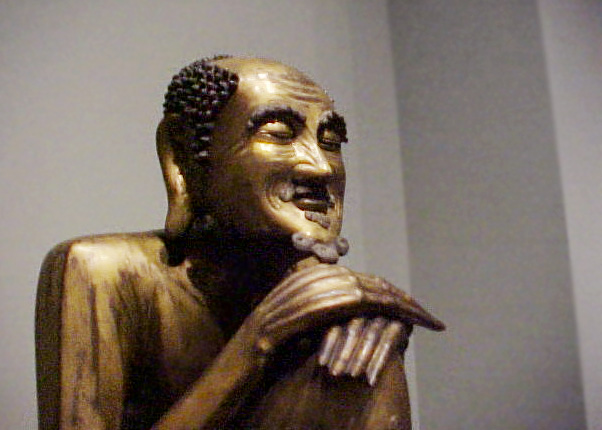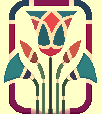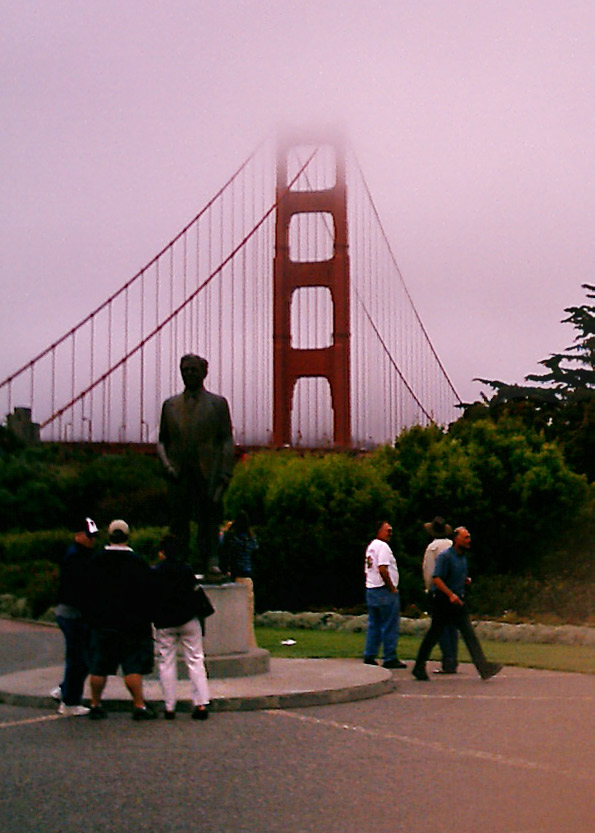|

Nagaraja, Serpent King, India, Mathua area, Uttar Pradesh state, sandstone. Nagas are supernatural serpents who have partial or complete human form. In the Naga King sculpture, the man and the seven headed serpent are two forms of the same being. Nagas are associated with fertility and the life giving powers of water in the worlds rivers, lakes and oceans. They are usually benevolent.

Shapely Parvati, wife of Shiva, (from India).

Shiva and Parvati combined as Ardhanarishvara, from India, Uttar Pradesh state.

The Buddhist deity White Tara
Gilt copper repoussé, from Nepal

Cup with 19th century French fittings, N. India or Pakistan. Nephrite, enamel gilt silver and garnets. This is of the Mughal jade which features thin delicately carved walls.

Nephrite open work incense burner, 1900-1949, China?

Seated Lama, 1400-1500, Central Tibet. Gilded copper, it is a portrait of a real Lama, though clues are lost as to just which one.

This is "the Buddha Shakyamuni as an ascetic", in gilt bronze from China. But it had to have been based on a real monk, for he has such personality in his face.
Curious as to what my poor camera missed, I sought out the museum website to find clarification. Rather than use their photos, I sketched from them:


Perhaps my drawings and photo will have you curious to see this piece in person!

Buddist King of passion, Ragaraja, Aizen Myoo in Japanese. This ragaraja believes human passion will lead to enlightenment. He is holding the dorje, or thunderbolt, in his hand.
 This and other pendents were included in a display of tiny Netsuke, statues no bigger than a finger knuckle.
This and other pendents were included in a display of tiny Netsuke, statues no bigger than a finger knuckle.

Standing Prostitute, Baiyuken Katsunobu, 1716-1735. The artist used the 'S' curve posture to connote femininity. Feminine though his subject be, this hanging scroll is labeled 'Standing Prostitute' to distinguish it from portraits of Geishas. A misconception occurred in Western culture when images of courtesans, aka 'prostitutes' were falsely described as Geishas. In contrast, a great deal of training goes into the making of a Geisha, literally 'persons of art'.
|






















